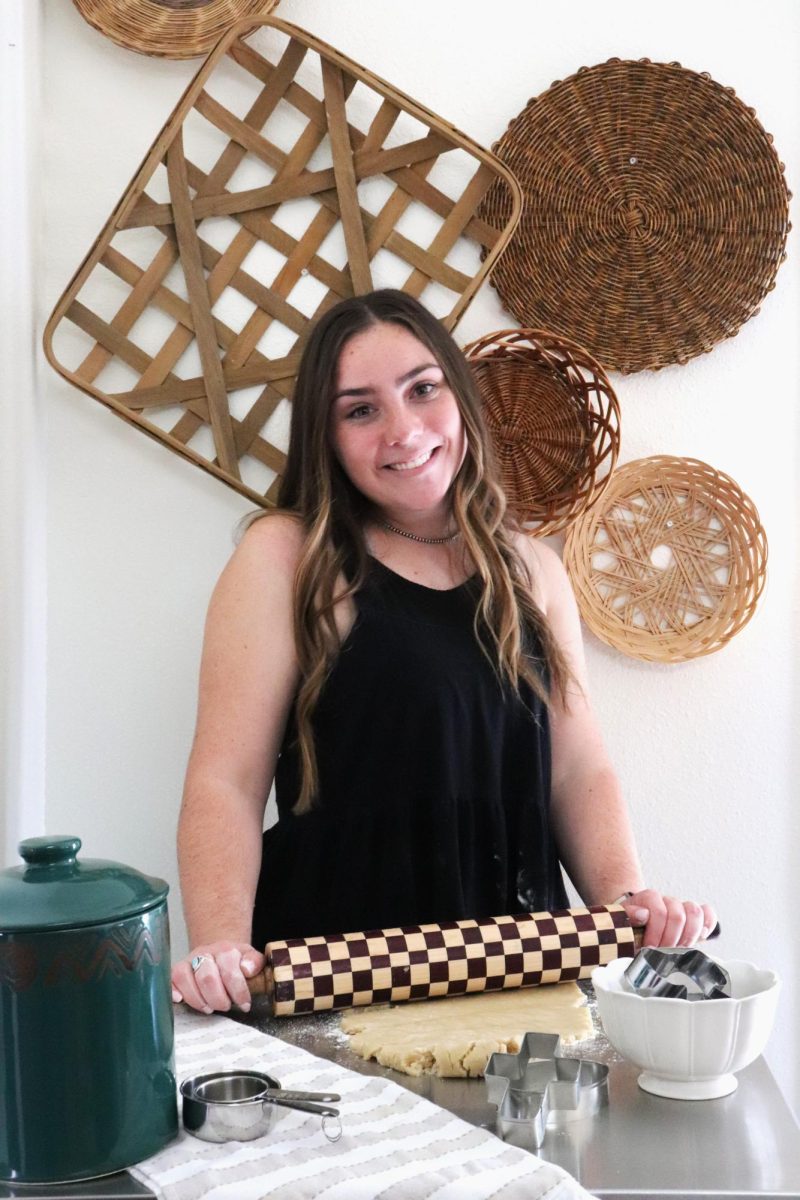Transforming your walls with 3D panels can instantly elevate the style of any room, but the idea of installation may seem daunting. Thankfully, with the right approach, it’s easier than you might think to add depth and texture to your space.
This blog will walk you through five simple steps to install 3D wall panels, helping you achieve a professional look with minimal effort and time.
1. Prepare the Wall Surface
Before installing 3D wall panels, it’s essential to prepare the wall surface. Start by cleaning the wall to remove dust, dirt, and any other debris. If there are any holes or cracks, fill them with filler and sand the area smooth. A clean, smooth surface will ensure the panels stick properly and look neat.
If your wall is painted, ensure the paint is fully dried before installation. In some cases, it may be necessary to remove old wallpaper or paint to ensure the adhesive bonds well with the surface.
2. Measure and Plan the Layout
Next, measure the wall and plan how the panels will be arranged. Use a measuring tape and level to ensure the panels are installed straight. It’s helpful to mark a reference line along the center of the wall or at the edges where you want the panels to start and end.
Layout planning is important, especially if you are putting up panels with complicated designs. Arrange the panels on the floor first to see how they fit together.
3. Choose the Right Adhesive
Most 3D wall panels require a strong adhesive to ensure they stay in place. You can use construction adhesive, heavy-duty glue, or panel adhesive, depending on the material of your wall and the panels.
Make sure the adhesive is compatible with both your wall type and the panels. Follow the manufacturer’s instructions for the adhesive to ensure proper bonding. Apply the adhesive evenly on the back of each panel, making sure you cover the edges and center for a secure hold.
4. Install the Panels Starting from the Center
When it’s time to install the panels, start at the center of the wall and work your way outwards. This method ensures a symmetrical look, especially if the panels have patterns or textures. Press each panel firmly onto the wall, holding it in place for a few seconds to make sure it sticks.
Use a level to check that each panel is straight before moving on to the next one. If the panels are large, it may be helpful to have someone assist you during installation.
5. Allow Panels to Set Properly
Once the panels are in place, it’s important to let them set properly. Allow the adhesive to dry according to the manufacturer’s instructions, usually 24 to 48 hours. Avoid touching or disturbing the panels during this time to ensure a strong bond.
After the panels are fully set, you can trim any excess edges or adjust the finishing touches. You might also want to seal the panels with a protective coating to enhance their durability and ease of cleaning.
Always Clean and Maintain the Panels
By following simple care routines, you can preserve their texture and appearance, keeping your space looking fresh and stylish. Make it a habit to gently clean your panels and promptly address any maintenance needs to ensure your walls remain a standout feature in your home for a long time.



















































































































